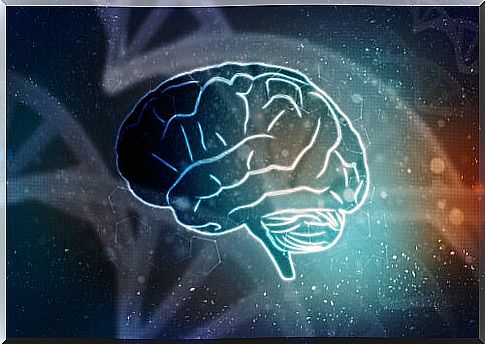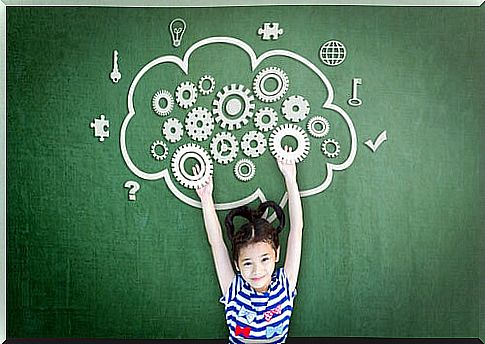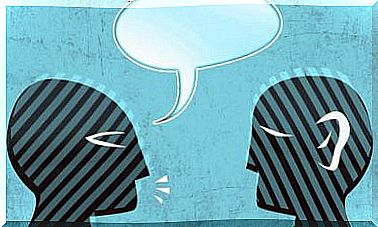Myths About Brain Function And Learning

In the educational world you hear a lot about “learning styles”, but there is not enough scientific evidence to support it. In fact, there is a great dearth of rigorous research into teaching methods from a neuroscientific point of view, and the results that do exist are little disseminated among teachers.
One of the most popular myths at a general level is that of the dominance of one hemisphere or another of the brain and its importance on the creative or rational aspect. But a study published in PLoS ONE in 2013 showed quite conclusively that the idea that one side of our brain is more dominant than the other, and by extension, that it dictates what kind of person one is, is uncommon. more than a myth.

The truth is that as a theory it sounded pretty good, and an innumerable amount of content of all kinds has been developed on this topic. This and other “neuromyths” can simply perpetuate misconceptions about the brain that may not have any scientific basis. But what is really worrying is when these myths influence and condition the way of raising and / or educating.
The myth of “learning styles” is one of them. According to this theory, for example, a visual learner needs the content to be mostly in visual format. But there really is little scientific evidence to support this idea. In this sense, labeling students (or self-labeling) according to a type of learning only limits their wealth of learning experiences, so that in the end what they learn may be reduced.
Neuroscience is a burgeoning field of research and its potential impact on education is great. In fact, some examples of its application are already beginning to be seen.
Actually. classroom interventions based on rigorous scientific evidence are really rare. According to a study carried out in the United States, many teachers say that they are influenced by the idea of “learning styles”, as mentioned above, but in turn demand approaches and tools based on scientific evidence. In fact, when they carry out their own classroom research according to the scientific basis of their university training, they find that their ability to analyze the results is insufficient, since they do not have the scientific training and the necessary tools to do so. Furthermore, teachers seldom have the scientific background to appreciate the difference between informal experimentation in their own classrooms and the solid evidence base upon which large-scale change must be based.

The problem with education is that we have all experimented at some time and many of us also have children with whom we use this system, and this makes each of us have an opinion on how it should be done. Thus, our views tend to be based solely on our own experiences, our biases, and our own anecdotal evidence, rather than hard evidence of what is best for our children and students.
But an education system of any kind that is based on misconceptions is the best way to miss real opportunities for improvement, and it can be very detrimental to learning. For education to really work, both at the family and institutional level, it is important to base the system on really proven foundations and train the “executors” of educational processes in them.









